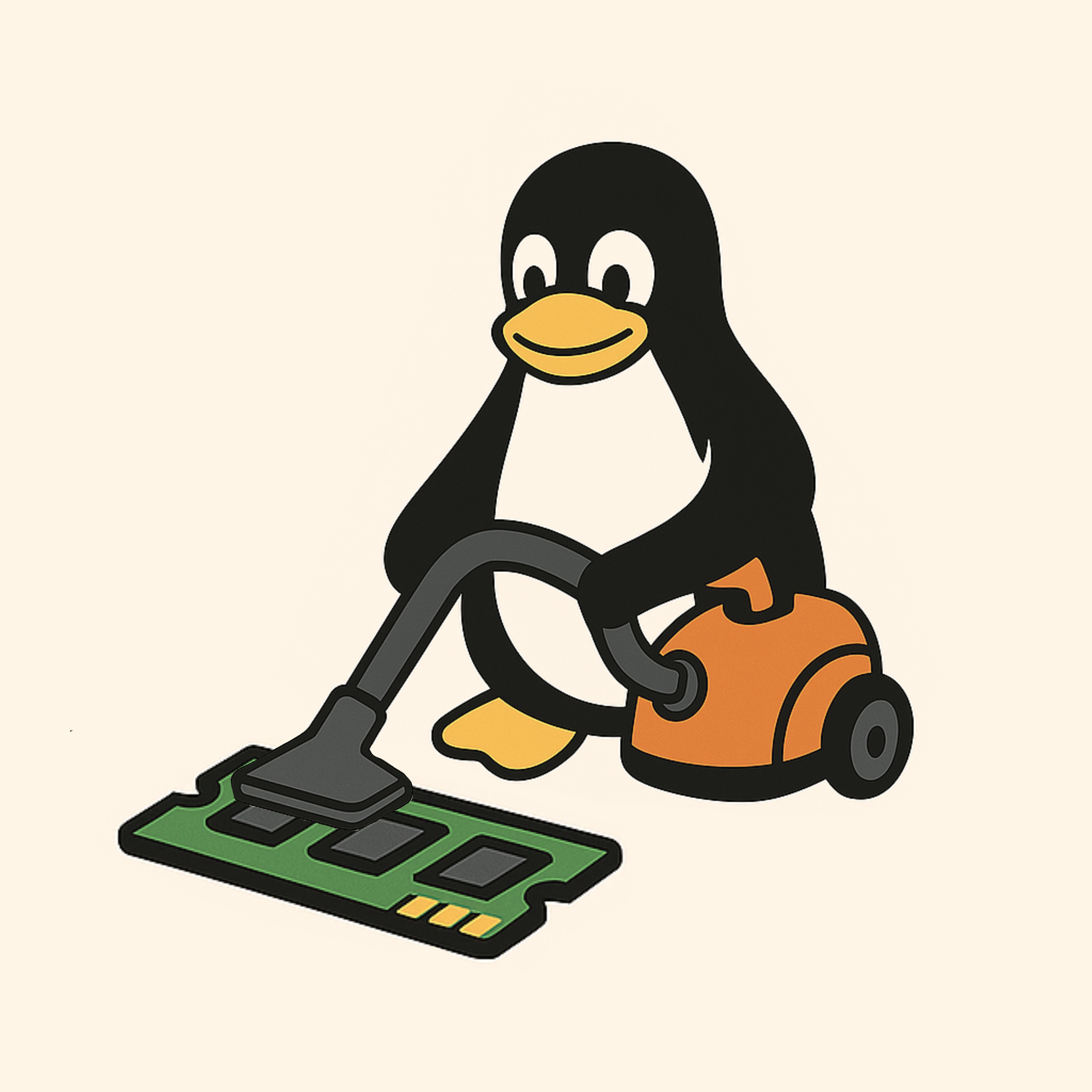Published at August 27, 2025 · Kamil Aronowski · 12 min read

The `init_on_free` Linux option ensures rigorous security by instantly zeroing out memory upon deallocation. In this follow-up, we build on our prior ram-wipe experiments to rigorously evaluate if `init_on_free` can serve as a robust safeguard, perhaps supplanting existing, less comprehensive memory wiping solutions....